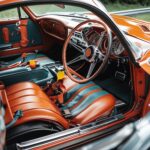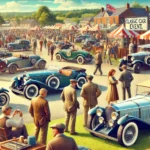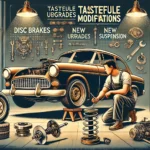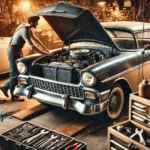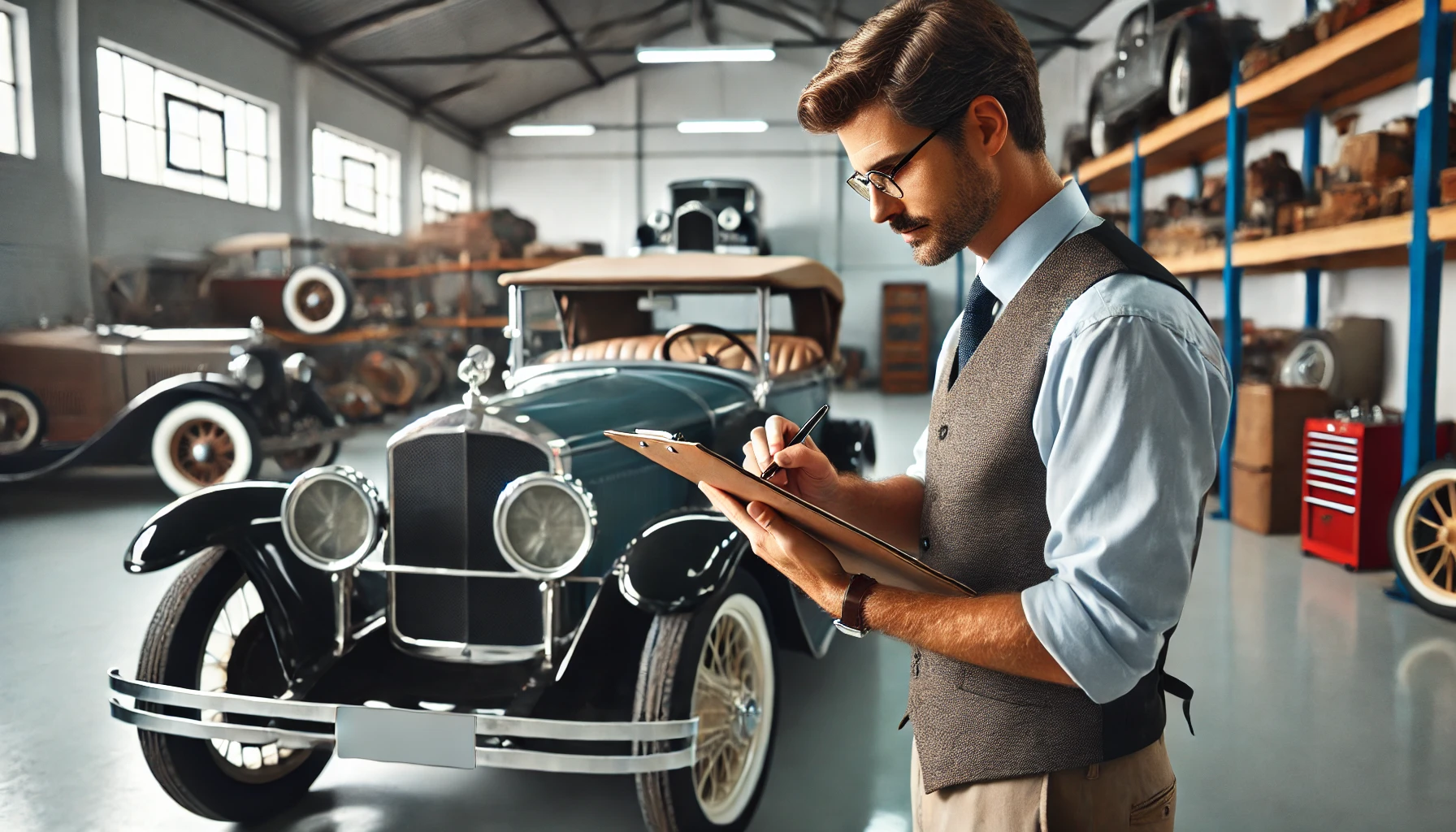Determining the value of a classic car is both an art and a science. Unlike modern vehicles, whose value is based on depreciation, classic cars can appreciate over time due to their rarity, history, and desirability. Whether you’re buying, selling, or insuring a vintage vehicle, understanding the key factors that influence its value is essential. Here’s a guide to help you assess a classic car’s worth like a pro.
1. The Car’s Rarity
Rarity plays a significant role in a car’s value.
- Limited Production Runs: Vehicles with low production numbers or special editions are often more valuable.
- Discontinued Models: Cars from defunct manufacturers, like DeLorean or Packard, tend to be rarer and more desirable.
- Unique Features: Limited-edition options, rare color combinations, or factory-installed customizations can increase a car’s rarity.
Example: The Ferrari 250 GTO is one of the most valuable cars in the world, largely due to its rarity, with only 36 ever produced.2. The Car’s Condition
A classic car’s condition is one of the most important factors in determining its value.
- Original vs. Restored: Cars with original, well-preserved parts often command higher prices than fully restored models.
- Mechanical Health: The state of the engine, transmission, and other mechanical systems is critical. Cars in running condition are worth more than those needing major repairs.
- Cosmetic Appearance: The paint, interior, and trim should be in excellent condition or accurately restored to factory specifications.
Tip: Look for matching numbers—when the engine and chassis numbers match the car’s original factory records, it adds significant value.
3. The Car’s History and Provenance
A vehicle’s backstory can greatly influence its desirability.
- Ownership History: Cars previously owned by celebrities or used in famous events are highly sought after.
- Documented Records: Maintenance logs, original sales receipts, and factory build sheets can authenticate a car’s history.
- Significant Achievements: Vehicles with racing history or that have won awards at prestigious events like the Pebble Beach Concours d’Elegance often carry a premium.
Example: The Aston Martin DB5 featured in James Bond films is worth significantly more than a standard DB5.
4. Popularity and Demand
The desirability of a specific model or era of cars can fluctuate based on trends and nostalgia.
- Iconic Models: Cars like the Ford Mustang, Chevrolet Corvette, and Volkswagen Beetle have widespread appeal, making them consistently valuable.
- Cultural Impact: Vehicles featured prominently in movies, TV shows, or pop culture (e.g., the DeLorean from Back to the Future) tend to attract more buyers.
- Generational Interest: As new generations of collectors emerge, certain models from their youth gain popularity.
Tip: Stay informed about market trends to identify models currently in high demand.
5. Restoration Quality
If the car has been restored, the quality and accuracy of the restoration significantly affect its value.
- Authenticity: Restoration work that uses factory-original parts and adheres to the car’s original specifications is more valuable.
- Professional Workmanship: High-quality restorations performed by reputable shops or experts in the model can increase a car’s worth.
- Over-Restoration Risks: Excessive customization or modernizations may detract from value unless it’s a restomod designed for a specific market.
Tip: Document the restoration process with photos and receipts to add credibility.
6. Market Trends and Timing
The classic car market can fluctuate based on economic conditions and collector interest.
- Auction Trends: Monitor recent auction results for similar models to get a sense of current market value.
- Seasonal Demand: Values may rise during car show or rally seasons, as collectors seek vehicles for events.
- Global Interest: Certain cars may have higher value in international markets due to scarcity in specific regions.
Example: The Porsche 911 has seen a surge in value globally due to its enduring popularity and collector demand.
7. Professional Appraisals
When in doubt, consult with experts to determine a classic car’s value.
- Certified Appraisers: Professional appraisers can provide an unbiased valuation based on industry standards.
- Auction Houses: Major auction houses like RM Sotheby’s and Barrett-Jackson specialize in classic cars and can offer insights into market trends.
- Car Clubs and Forums: Enthusiast communities often have valuable knowledge about specific makes and models.
Tip: Get multiple appraisals to ensure accuracy and avoid undervaluing or overvaluing the car.
8. Additional Factors to Consider
Other elements can subtly influence a car’s value:
- Matching Paint Codes: Cars with original or factory-correct paint colors are often worth more.
- Original Accessories: Items like toolkits, owner’s manuals, and factory-installed radios add authenticity.
- Mileage: Low-mileage cars can fetch higher prices, but well-maintained higher-mileage cars with documented histories can also be valuable.
Example: A 1965 Shelby GT350 with its original toolkit and paint will command a premium over one missing these details.
How to Calculate a Fair Value
To arrive at a fair valuation, consider these steps:
- Research Comparable Sales: Use auction results, classified ads, and online platforms to find prices for similar vehicles.
- Evaluate Based on Condition: Adjust for the car’s current condition compared to the average.
- Factor in Restoration Costs: Subtract any restoration or repair costs needed to bring the car up to market standards.
- Consult Experts: Leverage appraisers, club members, or trusted dealers for their insights.
Pro Tip: Always verify the authenticity of parts, history, and documentation before making a purchase or sale.
Conclusion
Valuing a classic car is a meticulous process that blends historical knowledge with market research and technical expertise. By understanding the factors that influence value, you can confidently navigate the world of classic car collecting—whether you’re buying, selling, or simply preserving a piece of automotive history.

